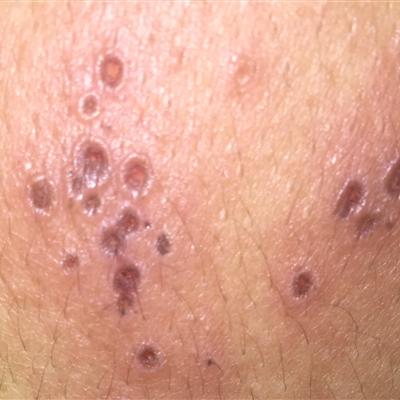Symptoms of infantile bacteremia
summary
Bacteremia, so the treatment has become a more concerned topic. It refers to the external bacteria that enter the blood system through the entrance of the body surface or infection and then propagate in the human blood and spread in the whole body with the blood flow. The consequences are very serious. So let's share the symptoms of baby bacteremia.
Symptoms of infantile bacteremia
First: sudden high fever, can reach 40-41 degrees, or low temperature, acute onset, severe condition, rapid development; Headache, dizziness, nausea, vomiting, and disturbance of consciousness.

Second: the heart rate is accelerated, the pulse is fine, the breath is short or difficult; Hepatosplenomegaly, severe jaundice, subcutaneous bleeding spots, etc.

Third: unless the patient is at risk for persistent or high levels of bacteremia, a typical transient and low level of bacteremia is asymptomatic. Typical signs of systemic infection include shortness of breath, chills, elevated body temperature and gastrointestinal symptoms (abdominal pain, nausea, vomiting, diarrhea). At the beginning of the disease, the patient's skin tends to be warm and alert. If the blood pressure is not measured, hypotension is often not found. Hypotension appeared later in some patients.

matters needing attention
If all the obvious or hidden purulent lesions can be cleared as soon as possible, the incidence of bacteremia can be reduced. Children's common infectious diseases such as measles, influenza, pertussis, etc. are prone to secondary severe respiratory tract bacterial infection, resulting in bacteremia. It is necessary to strengthen the protection of these children. No matter how small the wound is, we must pay attention to it and deal with it as early as possible. The incidence rate of bacteremia will inevitably decrease with the continuous improvement of environmental hygiene, personal hygiene, nutritional status and child care.














